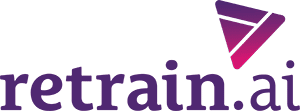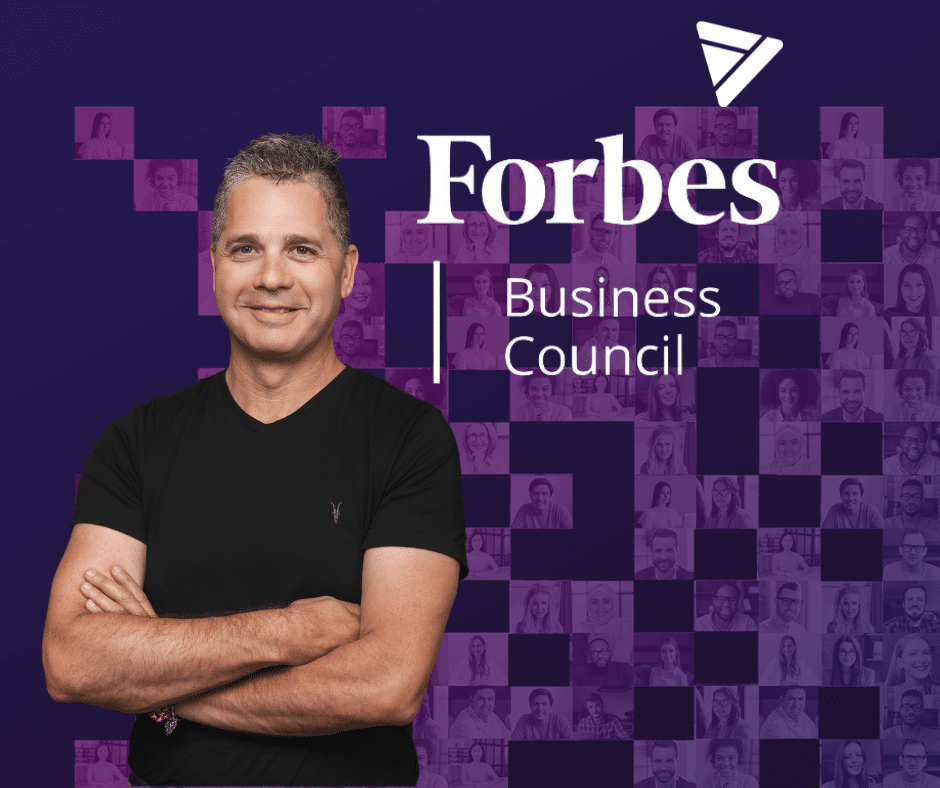As AI-driven HR technology advances, and as Skills-Based Organizations move from strategy to execution, the SBO workforce model is primed to mature in 2024.
First, the technology.
Generative AI was the tech buzz of 2023, spotlighting its almost unlimited potential to automate tasks and streamline business processes. As such, AI has quickly become vital to the Skills-Based Organization workforce model; specifically in its ability to screen hundreds of resumes at lightning speed and to pull skills information from resumes, job descriptions, and any labor related content. retrain.ai’s Talent Intelligence Platform which was built on the next generation AI from the ground up, offers the Skills Architecture Module as the foundational element for managing the workforce and understanding the current organizational skills state, benchmarking it against the skills required in the industry and recommending which top skills to adopt and enhance, allowing significantly greater agility in acquiring, developing and deploying talent.
Organizations enamored with the idea of AI for AI’s sake, however, can find themselves with more applications than are needed to address their specific needs, with the additional costs that come with them. In 2024, HR leaders will continue to evolve into more tech savvy professionals, collaborating with their counterparts to first identify problems to solve, and then carefully choose platforms that offer the right solutions to talent acquisition and talent management challenges.
Then, the data.
With the best technological solutions in place, HR leaders are on the right path to solving business problems. Ultimately, though, the goal is reached with data.
“We need to think less about platforms and more about data,” says Dr. Sandra Laughlin, Chief Learning Scientist and Global Head of Talent Enablement & Transformation for EPAM Systems. “As new tools are coming out, new and better data sources are revealed. Generative AI can offer feedback on things that are difficult to observe and coach.”
To fuel efficient skill-based talent acquisition efforts, for example, AI-driven data insights enable precise candidate matching based on exact skills and attributes required for specific roles. Skills-focused data–and the lack of demographic and other potentially biased data–supports diverse talent pools and an inclusive pipeline.
“The big difference [between the types of AI companies] is that a great AI company is a data company. They get a lot of data, they know what the data means, they spend a lot of time making sense of the data,” says analyst Josh Bersin of The Josh Bersin Company. “They use the data in your company matched against (exterior) data so that the data in your company can be classified and used in a more and more intelligent way.”
retrain.ai was honored to be recognized as one of the “built on AI” type of companies, based on billions of labor market data points, with accurate and automated skills detection and assessment, enabling in-depth skills analysis and forecasts to inform and improve strategic workforce planning efforts, increasing quality of hire when used to match internal and external candidates to open positions, and empowering reskilling and upskilling initiatives to improve learning and career path recommendations.
Learn more about the power of retrain.ai’s Talent Intelligence Platform here.








